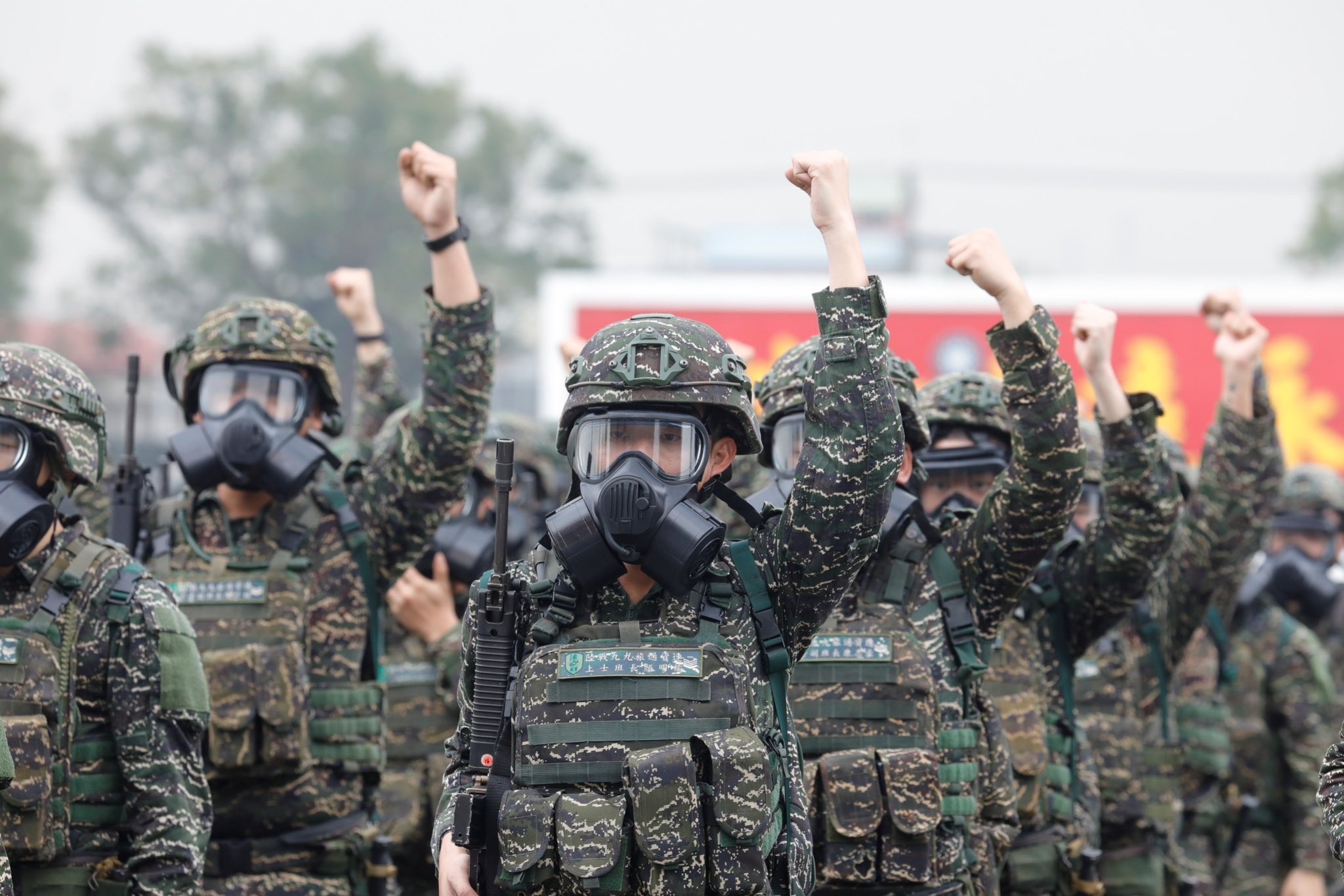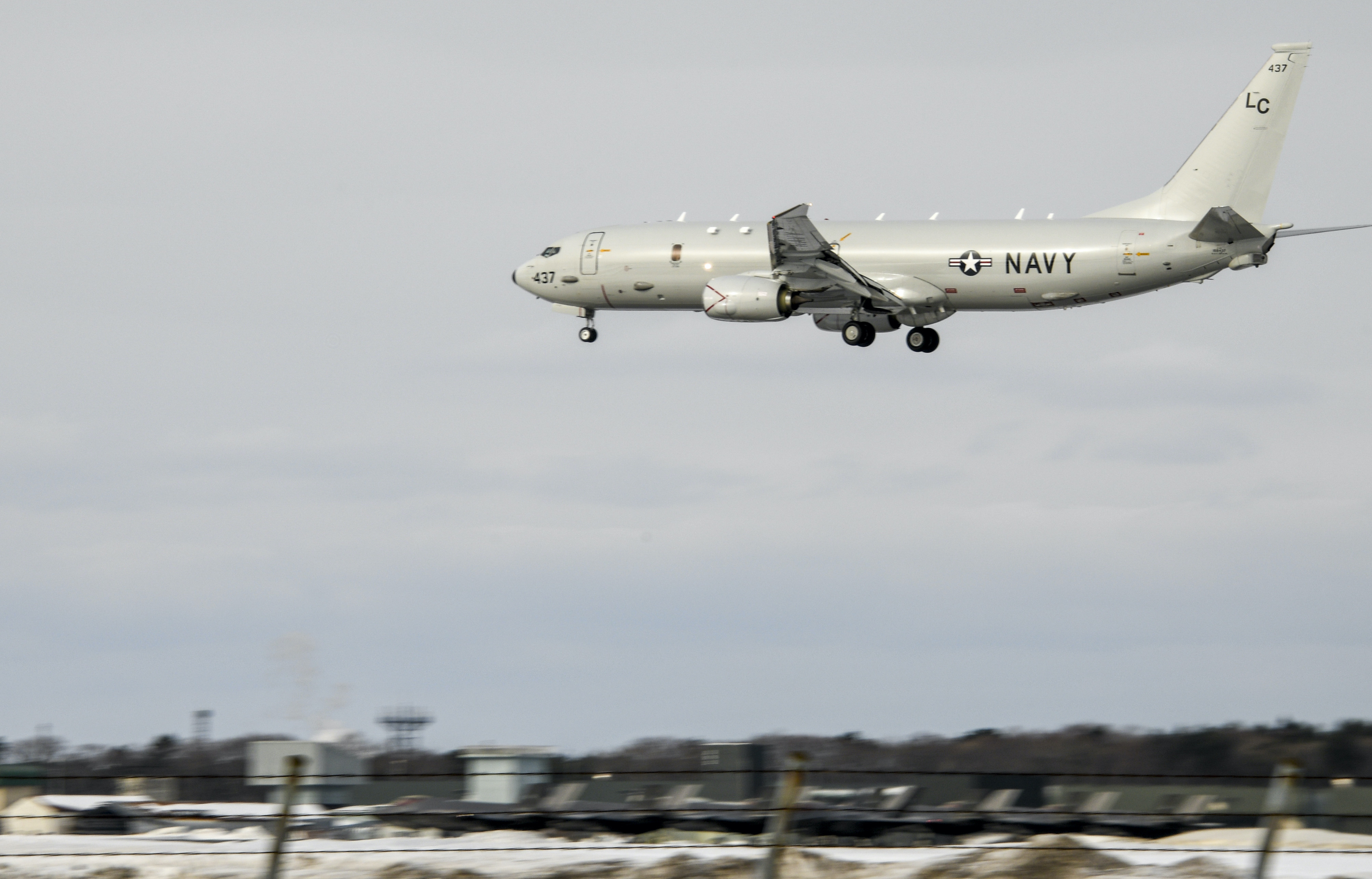
Australian and French defense ministers pledged to produce artillery shells to support Ukraine against the ongoing invasion from Russia in the first meeting between the two countries since Canberra walked away from a conventional submarine deal with French sub-builder DCNS.
French Defense Minister Sebastien Lecornu and his Australian counterpart Richard Marles met in Paris Monday just over two years after plans to replace the Royal Australian Navy’s Collins-class submarines with DCNS’ Barracuda diesel-electric attack boats were dropped in favor of a nuclear submarine agreement with the U.S. and the U.K., signed in 2021.
“It is the first time that our consultations have taken place at this level — in the so-called 2+2 format – since an incident I shall not come back to,” French Foreign Minister Catherine Colonna told reporters in a press conference with the defense ministers and Australian Foreign Minister Penny Wong.
The meeting series was a reset in diplomatic relations following the rift between the two countries following the May election of Australian Prime Minster Anthony Albanese and the installation of a new national security team.
Rather than talk submarines, the defense ministers agreed to produce thousands of 155mm artillery shells for use by the Ukrainian military against the Russian invasion.
“There are actually complementarities between our defense industrial bases, which allows this to happen,” Marles told following the meeting. “It’s also true that we wanted to act together as a statement about how importantly Australia and France regard the support of Ukraine in the current conflict.”
Marles also fielded questions from the French press on if Australia would consider buying diesel-electric submarines. The questions were prompted by reports the Navy had closed four of its submarine repair dry docks at the Puget Sound Naval Shipyard & Intermediate Maintenance Facility in Bremerton, Wash., according to a report in Sky News.
“We’re obviously working closely with the United States and the United Kingdom to develop a nuclear-powered submarine capability and develop the optimal pathway to achieve that capability,” Richard Marles said.
“There are no plans for any interim conveniently powered submarine capability.”
The first outline for the plan to produce nuclear attack submarines for the Royal Australian Navy is due in March.
First steps under consideration for the partnership include basing a number of U.S. nuclear attack boats at the RAN’s submarine base near Perth in Western Australia. Those attack boats could be manned by a blended crew of RAN and U.S. sailors, several sources familiar with the ongoing discussions have told USNI News.
The timeline for the Australians to field their own nuclear attack boats is unclear, but U.S. officials have said those subs could be decades away.
In a joint statement, France and Australia committed to continuing to operate in the Pacific and join in international exercises in the region.
“Ministers reiterated their strong opposition to any coercion or destabilizing actions in the South China Sea, including the militarization of disputed features,” reads a joint statement from the meeting.
“They reaffirmed their intention to continue transits and deployments in the Indo-Pacific in accordance with international law.”
To that end, Paris and Canberra pledged greater military logistical support in the Pacific for each other’s forces. Additionally, Australia will take part in the Croix du Sud exercise series off of New Caledonia while France will join the Talisman Saber 2023 drills off of Australia, the Monday statement reads.
The statement also opposed “unilateral changes in the status quo” regarding Taiwanese sovereignty and the statement echoed concern with human rights abuses in Xinjiang and the “erosion of Hong Kong’s autonomy, rights and freedoms.”





